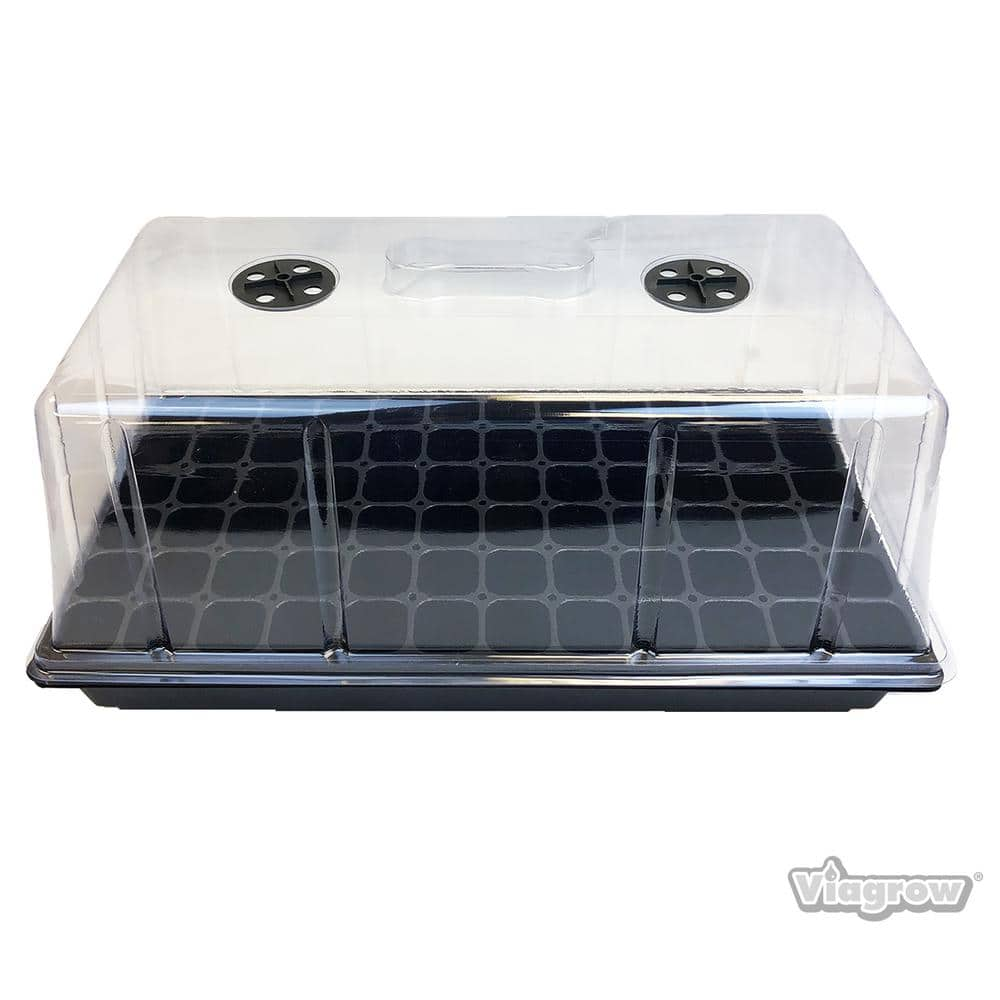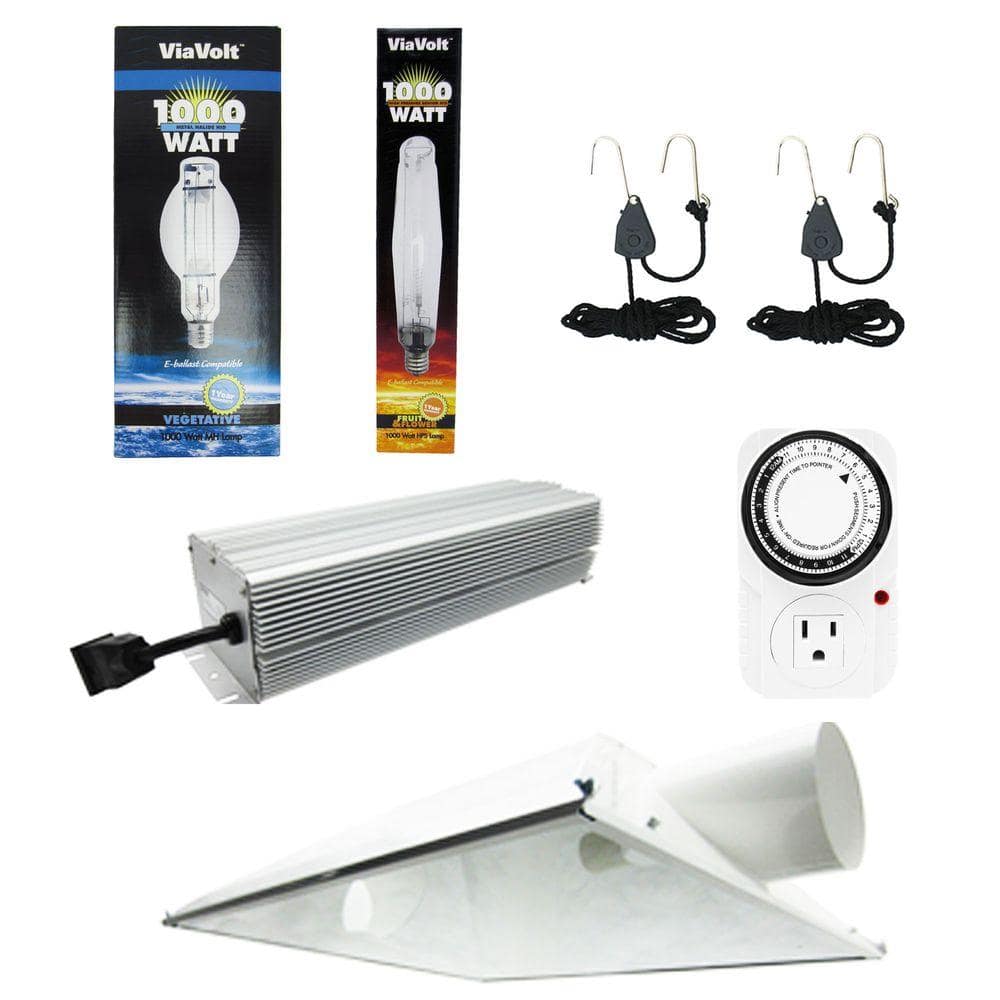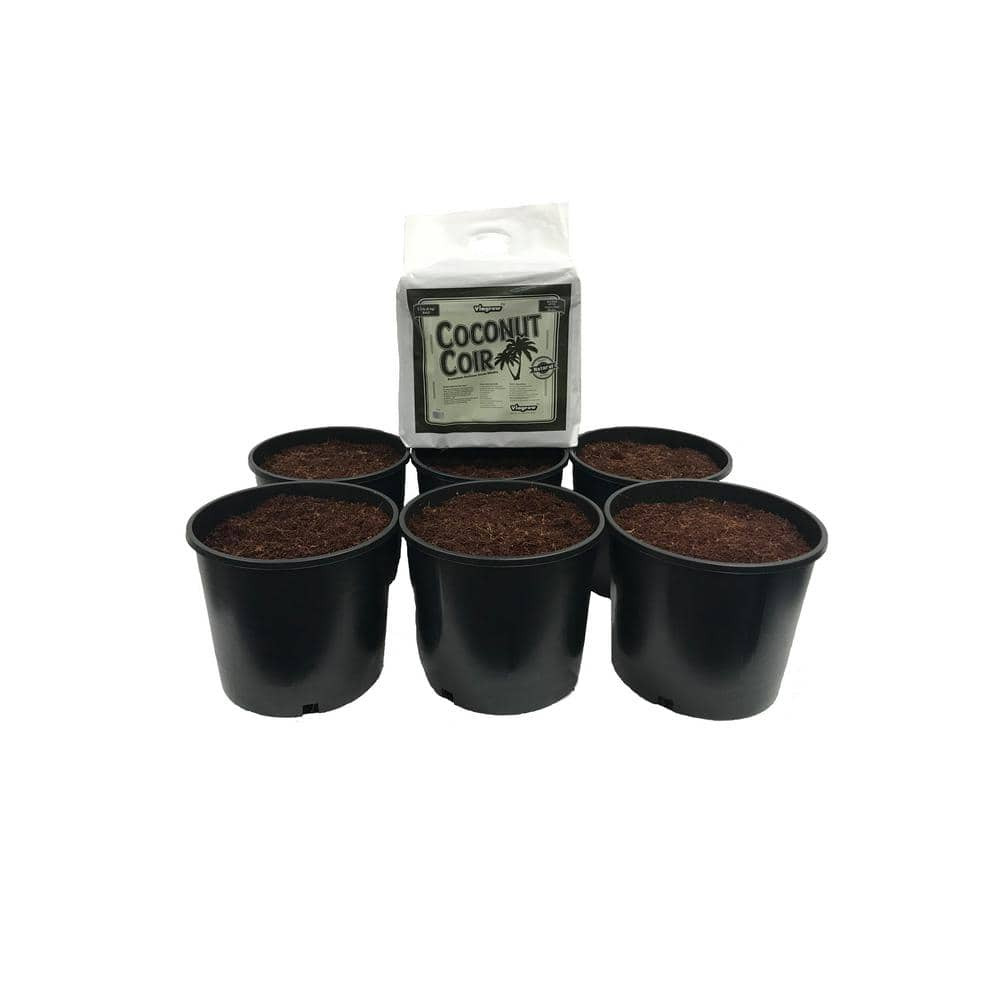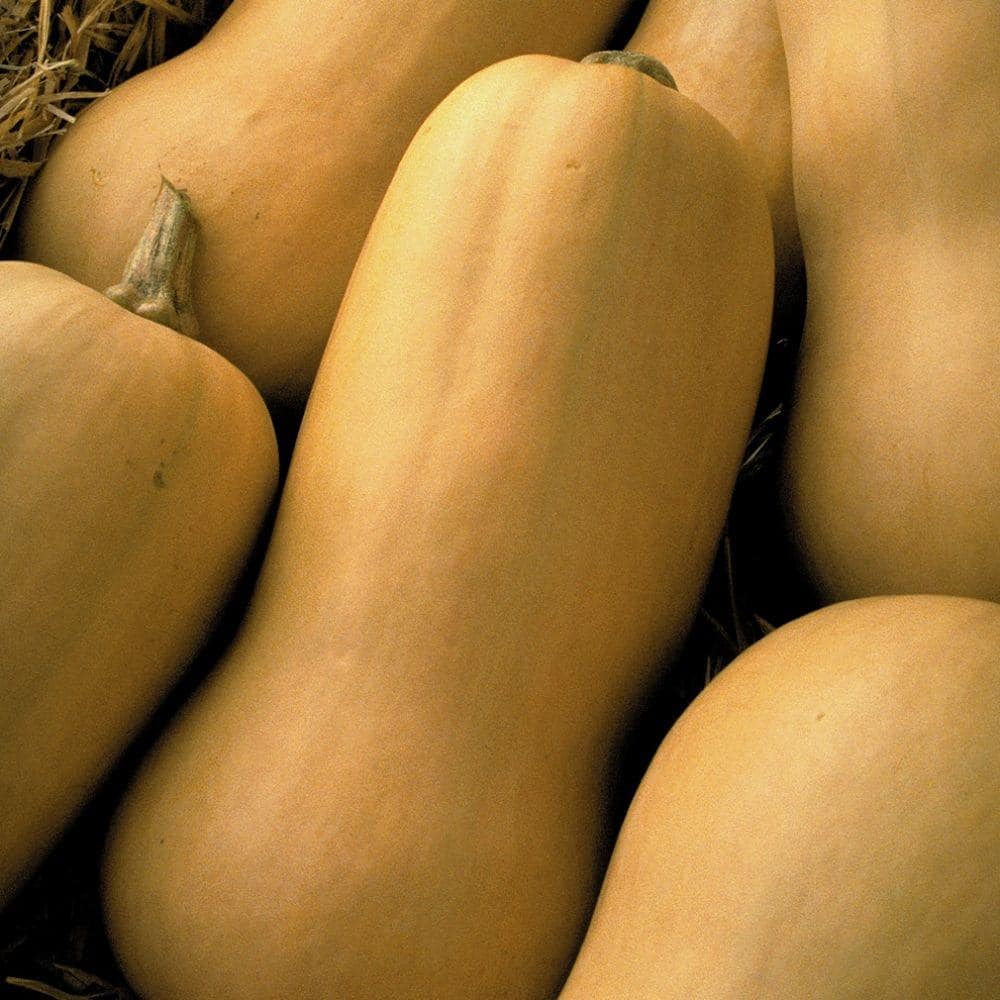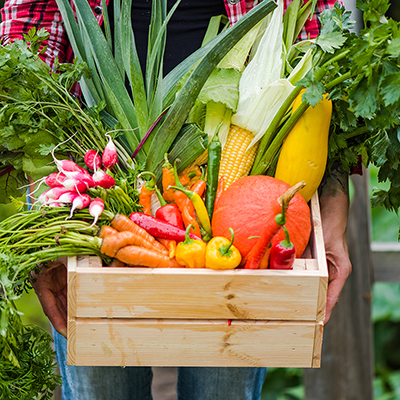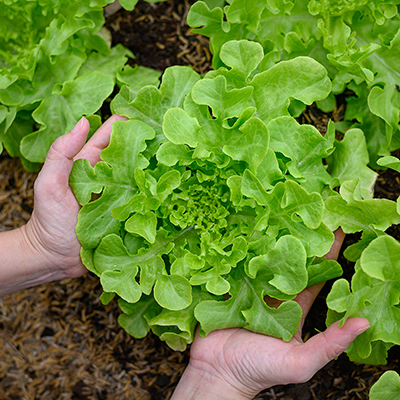How to Grow an Indoor Hydroponic Garden

Last updated September 3, 2024
While it may sound intimidating, it doesn’t take a rocket scientist to grow an indoor hydroponic garden. This no-fail indoor gardening method works so well that it may turn even the brownest thumbs green.
Hydroponic systems make growing year-round fresh vegetables, herbs and fruits into a simple project. It’s a sustainable gardening method that brings optimal growing conditions and oxygen to your plants so they grow steadily when you provide proper nutrients and light.
You don’t need a lot of space to get started with indoor hydroponic gardening. This type of hydroponic gardening is perfect for apartment dwellers who don’t have a lot of space for indoor gardening. Look for hydroponic planters and systems in compact or vertical styles and include everything you need to get growing.
Because hydroponic systems grow without soil, there’s less mess. Hydroponic systems take the guesswork out of watering your plants. They provide your plant roots constant access to oxygen and as much water as they need so there’s not over- or under-watering.
Table of Contents
What to Grow in Your Indoor Hydroponic Garden
Types of Hydroponic Systems
How to Grow Hydroponic Plants Indoors
What to Grow in Your Indoor Hydroponic Garden
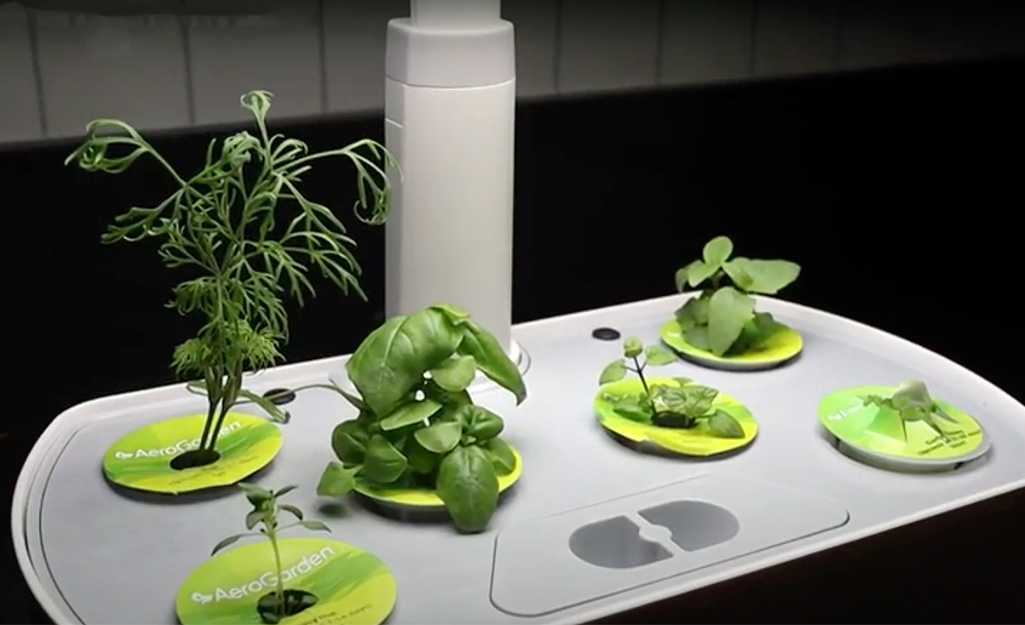
You can grow a variety of tender greens, root vegetables and fruits in an indoor hydroponic garden. If you’re new to hydroponics, leafy greens and tender herbs are a good place to start. Choose plants that grow easily and quickly from seed.
Try these herbs in your indoor hydroponic garden:
- Basil
- Chives
- Cilantro
- Mint
- Oregano
- Parsley
- Watercress
If you have enough light and warmth in your indoor space and a larger hydroponic setup, you can grow root crops like radishes and carrots, and salad favorites like tomatoes and cucumbers. You can always use plant grow lights to give more light to your growing edibles.
Types of Hydroponic Systems
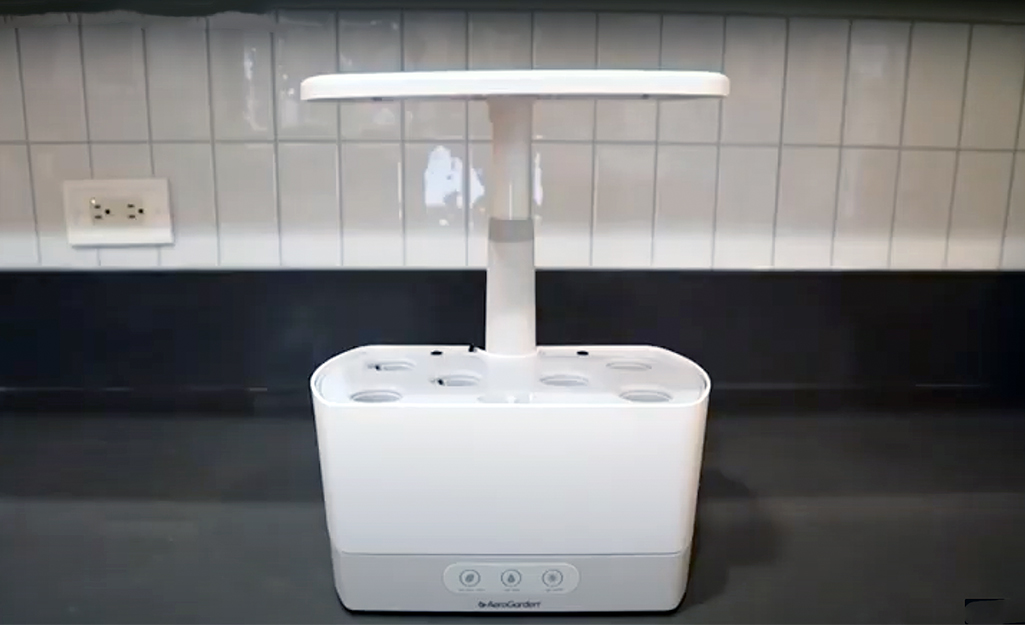
You can start growing hydroponically with an all-in-one unit. These grow systems fit on tabletops and some are designed to be used as furniture, like end tables. These hydroponic systems have all the advantages of a soilless indoor growing system, with benefits like LED grow lights that help seeds grow faster, and smartphone technology that lets you control the system through an app on your phone.
There are two main types of hydroponic systems:
- Deep water systems: are inexpensive (about $60) to start up and are ideal for growing small amounts of edibles. The plant roots grow in oxygenated, nutrient-rich water.
- Ebb and flow systems cost more ($400+), and produce a higher yield. Plants are grown in net pots that are intermittently flooded with oxygenated, nutrient-rich water that drains away, exposing plant roots to air.
How to Grow Hydroponic Plants Indoors
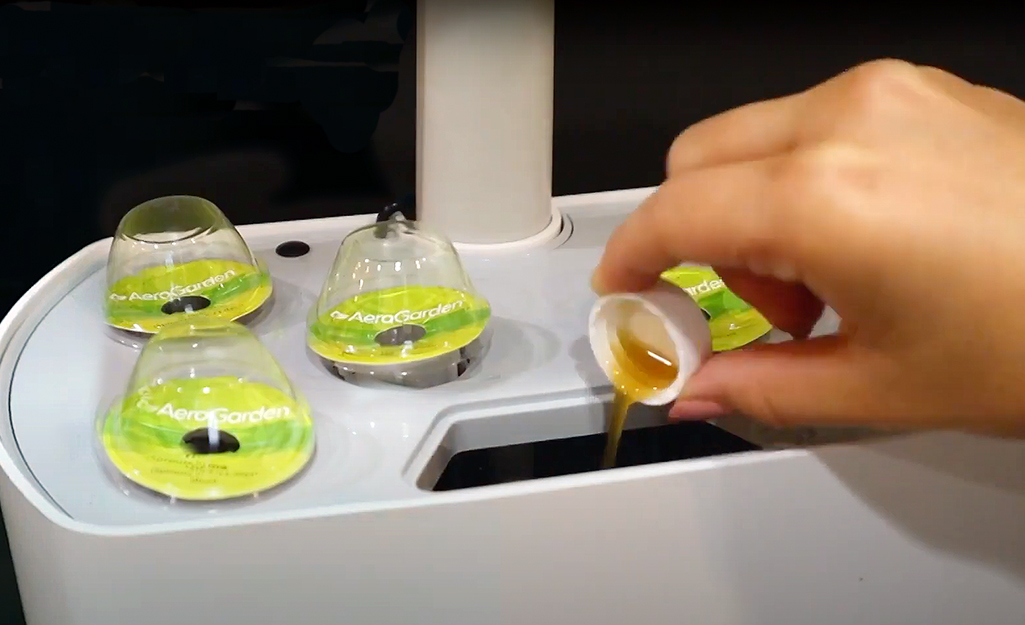
- Choose a system: Whether in a make-shift hydroponic garden made from old liter soda bottles or a kit, find a grow system that works with your space and budget. Kits will have most, if not all the ingredients you’ll need.
- Pick a plant medium: Among the available grow media, you can choose vermiculite, perlite, clay pellets, gravel, sand or a combination of several of these. You can also grow in coconut fiber, though you’ll need to watch to make sure it doesn’t become overly soggy, which could kill roots.
- Plant seeds: Once you selected a system and plant media, you’ll plant your seeds using a seed starter or heat mat.
- Add plant grow lights:. You’ll need grow lights for your indoor garden to promote steady, long-term growth. Choose LED lighting for energy savings because your plant lights will use less energy than fluorescent bulbs.
- Give proper nutrients: You’ll need to check the pH of your plant system and adjust the nutrients. Use a kit that supplies the pH meter and nutrients for a foolproof method. Experienced hydroponic gardeners can choose liquid organic plant food and fertilizers that work for your indoor gardens.
- Promote pollination: If you’re growing tomatoes, peppers or strawberries, you’ll need to help with pollination. This just involves tapping or lightly shaking the plants with a finger.
- Pick when ready: Pick fresh veggies or fruits when ripe or pinch off herbs when ready.
TIP:
When you’re growing hydroponically indoors, you can move your plants outdoors when the weather warms. Choose a system on wheels or add casters to make moving your plants around easier. Also, be prepared that pests could nibble on your plants. If you move the plants back indoors, keep them separated from other hydroponic indoor plants.
When you know how to grow hydroponic plants, you can get your garden established faster, get higher yields and under the right circumstances, use less water than traditional gardening. Hydroponic gardening can supply fresh herbs year-round right on your countertop.
Get everything you need to get started with hydroponic gardening delivered when and where you need it when you order online.


